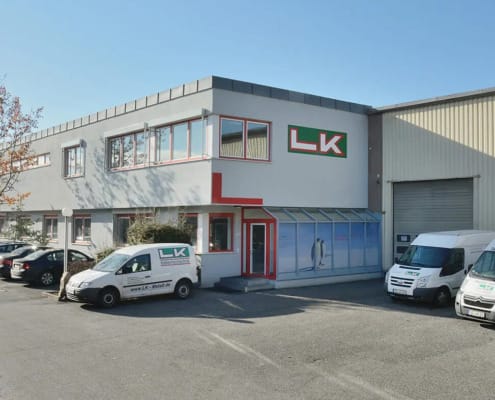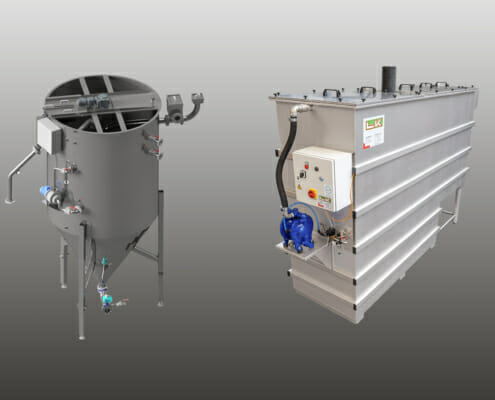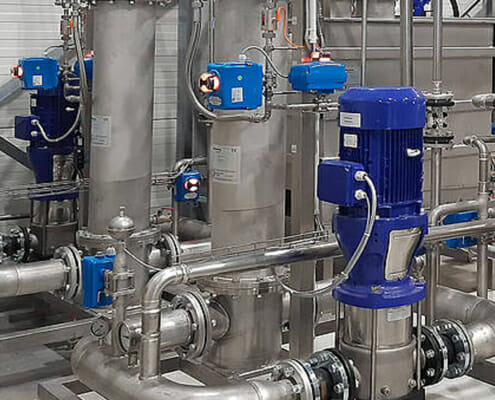Tag Archive for: Nachhaltigkeit

Plant engineering in transition: sustainability in focus
In a world characterized by global upheaval and geopolitical changes, the industry is also undergoing a transformation. Harald Wimmer, Sales Manager at LK Metallwaren…

Efficient recycling of industrial water
In today's plant engineering, understanding "non-monetary" facts from the environment, politics and economics is essential for effective and safe operation. This…

An all-round clean project in the forging industry
LK Metall supplies a 2-stage water treatment plant, overcomes the challenges and lays the foundation for future cooperation. The customer is a leading global supplier…
